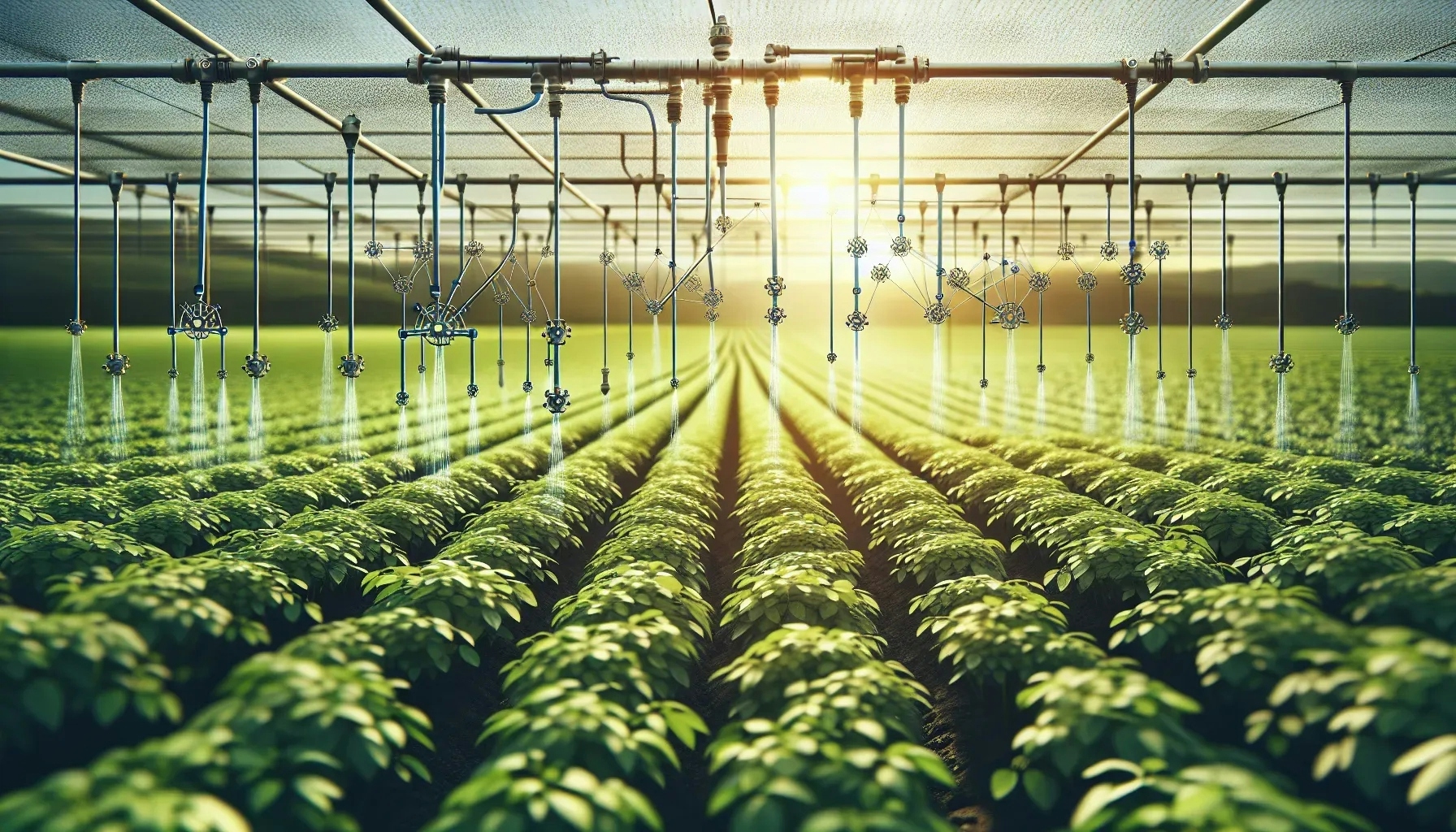What Sustainable Irrigation Techniques Have You Adopted as An Agronomist?
Agronomy Magazine

What Sustainable Irrigation Techniques Have You Adopted as An Agronomist?
In the quest for sustainability, Farm Managers are turning to innovative irrigation techniques that profoundly impact water usage. From the insights of a Farm Unit Manager who emphasizes knowing your soil moisture, to additional answers including the strategic rotation of crops, we explore a range of methods that are reshaping water conservation in agriculture. Discover how these techniques are making a difference on the ground.
- Know Your Soil Moisture
- Adopt Drip Irrigation
- Harvest Rainwater
- Schedule with Weather Forecasts
- Implement Soil Sensors
- Rotate Crops for Moisture Conservation
Know Your Soil Moisture
Just as every shepherd knows his sheep, every farmer should know the moisture levels in his soil. Your shovel is your best friend; the soil is the best moisturizer for the hands, and your knees should kiss the ground often. By understanding where your soil moisture levels are, you can utilize the proper amount of water at the appropriate time. Digging in your fields forces you to make better decisions, which makes irrigation more effective.

Adopt Drip Irrigation
Drip irrigation stands out due to its efficiency in supplying water directly to the plant roots, drastically reducing evaporation and runoff. This method is particularly beneficial in arid regions where water conservation is a critical concern. By delivering moisture close to the roots, plants can absorb water more effectively, which also helps in preventing weed growth that typically thrives with broader watering techniques.
Moreover, drip irrigation systems are adaptable to various types of landscapes, including uneven terrain and sloped fields. If you're looking to save water and keep your plants hydrated, consider installing a drip irrigation system in your garden or farm.
Harvest Rainwater
Rainwater harvesting is a remarkable method for collecting and storing rainwater for later use, which can significantly cut down on water consumption and costs. Setting up a rainwater harvesting system involves capturing rain from surfaces like roofs and directing it into storage containers. This collected water can then be utilized for irrigating crops during dry periods, ensuring that plants receive an essential supply of water while reducing the strain on conventional water sources.
This practice not only conserves water but also helps in mitigating the effects of runoff on soil erosion. To make a positive impact on the environment and reduce your water bill, explore the viability of a rainwater harvesting system for your agricultural needs.
Schedule with Weather Forecasts
Aligning irrigation schedules with weather forecasts is an innovative way to ensure that watering is done only when necessary. By observing upcoming weather patterns, one can avoid over-irrigating prior to predicted rainfalls, which helps to save a substantial amount of water. This approach also reduces the chance of water stress for plants, as they are not subjected to excess moisture that can lead to root diseases.
Additionally, using forecasts can help in avoiding irrigation during windy conditions that may lead to increased evaporation losses. Investigate local weather patterns and optimize your watering schedule to enhance efficiency and plant health.
Implement Soil Sensors
Soil sensors represent a significant advancement in precision agriculture, providing real-time data about soil moisture levels. These sensors allow for fine-tuning irrigation practices to the specific needs of the soil and crop, ensuring that water is applied in the correct amount and only when necessary. By avoiding overwatering, one not only conserves water but also minimizes nutrient leaching, which can be detrimental to plant health.
The use of soil sensors empowers farmers to create a more sustainable irrigation plan that tailors water use to the precise requirements of their crops. Look into adopting soil sensor technology to refine your irrigation management and save water resources.
Rotate Crops for Moisture Conservation
Crop rotation, a practice that involves alternating the types of crops grown in a particular area with each planting season, contributes significantly to the conservation of soil moisture. Different crops have varying root structures and water needs, which when rotated, can improve soil structure and health. This method helps to maintain the balance of nutrients in the soil, which can in turn reduce the need for watering.
Furthermore, crop rotation can break pest and disease cycles, reducing the need for chemical interventions. Consider planning a diverse rotation of crops to naturally enhance soil moisture and promote a more sustainable agriculture system.